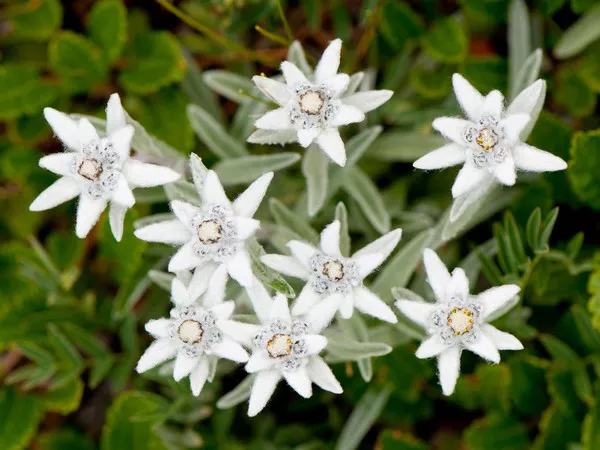Vijaya Mohan, a dedicated rangoli artist from Singapore, is on a mission to promote the 5,000-year-old Indian art form of rangoli in all its diverse incarnations.
The 64-year-old local rangoli artist recently returned from a captivating Flower Carpet Show in Barcelona, and she is now gearing up for another rangoli event: the Singa Rangoli exhibition at Tekka Place, set to run until September 30.
Held in Barcelona on August 30 as part of a Spanish arts program, the Flower Carpet Show featured Vijaya Mohan’s remarkable work—a circular rangoli spanning an impressive 4 meters in diameter, accompanied by engaging workshops.
Mohan shares, “When passers-by in Barcelona saw the reds and whites of our Singapore rangoli, or ‘flower carpet’ as they refer to it, they wanted to know how we came up with the design and what were the flowers used.”
For the Barcelona exhibition, she strategically employed primarily colored chrysanthemums to withstand the scorching Spanish summer, along with locally sourced blooms such as gerbera and carnations.
Her invitation to the show materialized after the organizers witnessed her contributions to the 2022 Brussels Flower Carpet Show. There, she was a pivotal part of a team of artists who embellished a colossal flower carpet covering approximately 5,500 square meters.
Since 1971, Brussels’ Grand-Place in Belgium has hosted the Brussels Flower Carpet Show, a grand floral display centered around the Belgian begonia, for which Belgium boasts the world’s largest production.
Mohan is eagerly anticipating her upcoming exhibition at Tekka Place. To infuse her interpretation of rangoli with a distinctive twist, she has ventured beyond conventional materials, incorporating household items like spoons, forks, toothpicks, bangles, and small mirrors.
Additionally, she plans to conduct community rangoli workshops for seniors to coincide with the exhibition’s schedule. The event will not only showcase art but also facilitate meet-and-greet sessions with the public on September 17 from 3 to 5 pm.
Mohan highlights that the ancient art of rangoli takes on various forms and is popularly known as the “flower carpet” in the West. In South India, it goes by names such as “kolam” in Tamil Nadu and “pookalam” in Kerala.
Traditionally, rangoli employs colored rice powders and organic, mainly edible materials to create auspicious designs just outside the main entrance of a home or apartment. These geometric patterns are intended to ward off negative energies and invite good luck through the home’s “mouth.”
Mohan, who also works as an art therapist and educator for children with special needs, explains that over the centuries, the practice of creating colored-rice designs inspired innovations such as water rangoli, where flowers of various hues are arranged in a deep dish filled with water, creating an inviting table or floor display.
Mohan’s journey into rangoli began at the tender age of five when she learned the art form from her mother, an acclaimed rangoli artist in Trichy, Tamil Nadu. She relocated to Singapore in 1992 and became a citizen in 2005. She is married to Mr. N. Mohan, 74, who is a co-director of Singa Rangoli, an arts company jointly owned by the couple since 2015. The couple has a 41-year-old daughter, a 35-year-old son, and two grandchildren who are learning the art of rangoli.
This esteemed artist, who holds the Guinness World Record for the largest rangoli at 2,756 square feet achieved in 2003, boasts an impressive tally of 48 records in various categories in the Singapore Book of Records and has completed more than 20,000 rangoli creations worldwide.
Mohan is collaborating with the Little India Shopkeepers and Heritage Association for an upcoming Deepavali event where she will create a colossal canvas mural rangoli with public participation. Additionally, she plans to teach migrant workers and domestic helpers the intricacies of her unique rangoli style.
She envisions, “For this year’s Deepavali celebrations, I will teach construction workers how to paint mud lamps called ‘diyas,’ and to decorate the lamps with recycled CDs to give them a mirror-like finish.” Furthermore, domestic helpers will learn to weave garlands and design greeting cards using flowers crafted from recycled water bottles.
Mohan emphasizes that art and creation spring from the heart and mind. “By using available materials and recyclables, rangoli artists need not wait for standard drawing or painting supplies. They can simply adapt to create something beautiful.”


